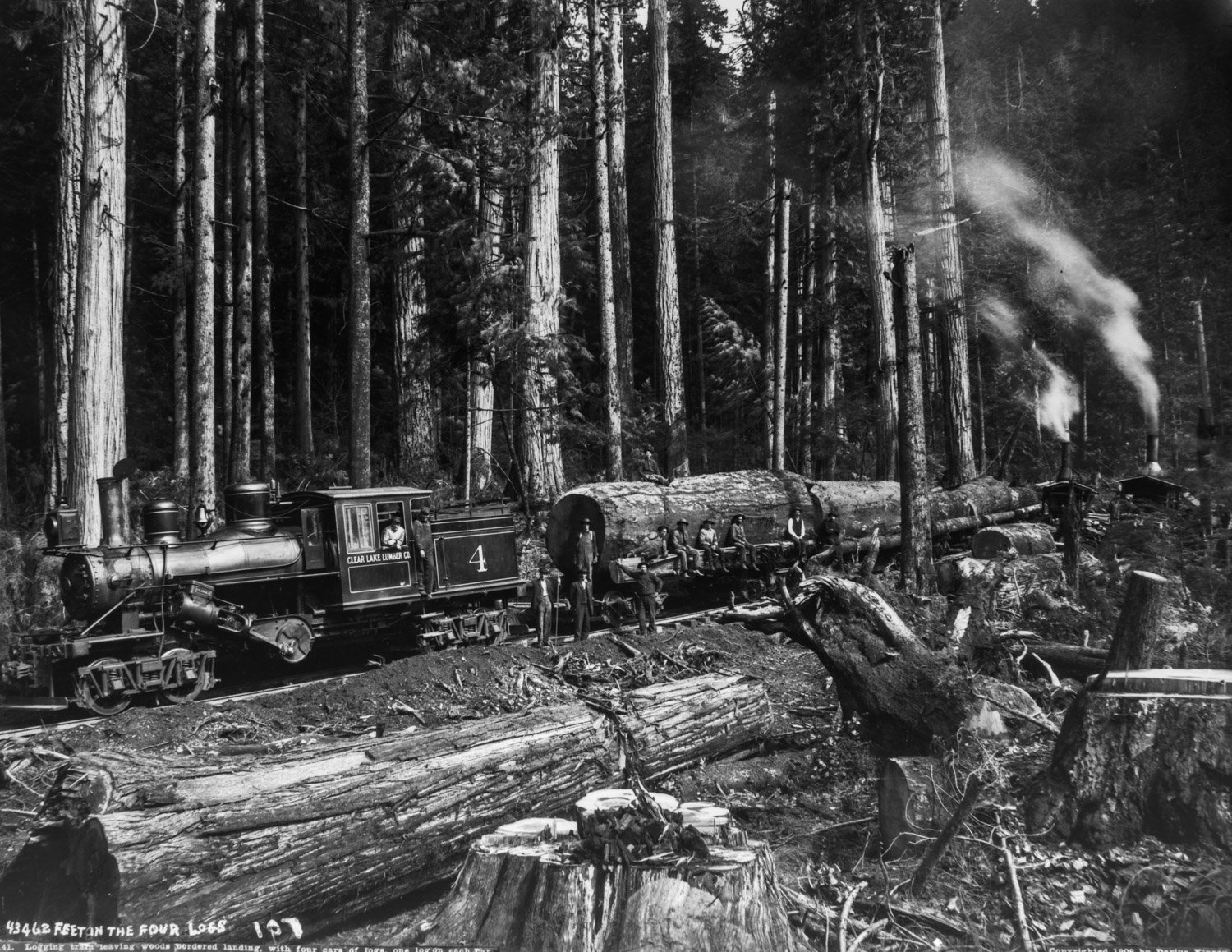Bur Oak, Midway Plaisance, Chicago, 14’ circ., est. 225-275 y.o., Matt Siber, 2025
OUR AMERICAN FOREST - THE CHICAGO CLUSTER PROJECT (2025)
In 2024 I was invited to create a project in conversation with the photographic archive of retired photography curator Rod Slemmons. The project resulted in an exhibition of over 15 artists in April of 2025. The archive I chose to work with is that of the Seattle-based photography studio of Darius and Tabitha Kinsey. My contribution to the exhibition included three of my prints and ten of the Kinsey’s. More description can be found at the bottom of the page. The website for The Chicago Cluster Project is here.
Darius and Tabitha Kinsey, 1905
Darius and Tabitha Kinsey, early 1900s
White Oak, Batavia, IL, 13’ circ., est. 225-275 y.o., Matt Siber, 2025
Darius and Tabitha Kinsey, early 1900s
Darius and Tabitha Kinsey, early 1900s. Portrait of Darius Kinsey with cameras.
Darius and Tabitha Kinsey, early 1900s. Tabitha and Darius at their Seattle studio.
American Elm, Humboldt Park, Chicago, 14’ circ., est. 175-225 y.o., Matt Siber, 2025.
Darius and Tabitha Kinsey, early 1900s. Three Lakes Lumber Company saw mill.
Darius and Tabitha Kinsey, early 1900s.
Darius and Tabitha Kinsey, early 1900s. Moving a steam donkey.
Darius and Tabitha Kinsey, 1923.
Darius and Tabitha Kinsey, early 1900s.
OUR AMERICAN FOREST (2025)
This project uses contemporary and archival photographic work to examine modern attitudes toward natural resources, technology, and representation. The work presented spans 120 years and geographically bridges the Upper Midwest and the Pacific Northwest United States.
The archival work was created by the Seattle-based photo studio of Darius and Tabitha Kinsey from the late 1800s to 1940. Their work documents the booming logging industry in Washington and Oregon in the early 20th Century. Much of the logging of the time was focused on ancient giant redwoods and sequoias. The Kinsey's images depict the process of removing these massive trees with a focus on the equipment and technology used to make the process more efficient and profitable. Darius was the primary photographer while Tabitha was responsible for the processing and darkroom work.
In response to this archive, I have located trees in the Chicago area that are old enough to have been standing when the Kinsey's were making their work. I have produced the photographs of these trees in black and white with hand-written informational text on the image in order to correlate with the Kinsey's working process. Chicago had been thoroughly settled and cleared by the early 20th Century with a few outlying trees that were saved in specific locations like parks. These trees were kept due to their value to humans as a natural element in a largely urban environment. In contrast, the ancient trees in the Kinsey photographs were harvested due to their value to humans as a resource for construction and energy.
Much of what made the wide destruction of early 20th Century logging possible was the use of mechanized - commonly steam-powered - technology. The use of locomotives, steam donkeys, and large sawmills allowed massive logs to be moved through remote woods to where they could be quickly hewn into usable material. My images apply a graphic of these types of technology that is modeled directly from the Kinsey photographs. The graphics are illustration outlines that reference the forms of these tools rather than their photographic representation. The graphic is a simplified, flattened representation that is several steps removed from the object it represents. This approach serves to engage these surviving trees with their histories and identify differences and changes in human attitudes toward natural resources.
The connection in this project between the Pacific Northwest and Chicago was created by photography curator, Rod Slemmons. Slemmons worked on restoring and copying the Kinsey archive as a student in Rochester, NY. As a professional curator he worked at the Seattle Art Museum before becoming the head curator at Chicago's Museum of Contemporary Photography. Rod was a mentor of mine and a supporter of my work as I graduated with my MFA in photography from Columbia College Chicago in the early 2000s. This work was made in honor of him as an extension of the legacy of his ideas and research.












